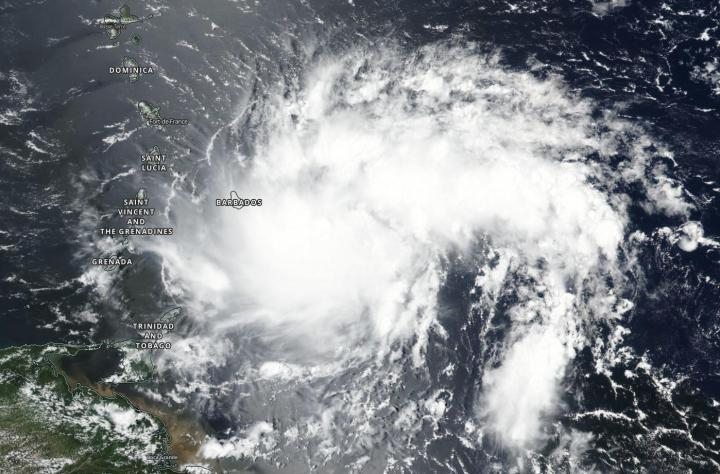
Scientists have identified a previously unknown seismic phenomenon known as Stormquake – a mashup of hurricanes and earthquakes – that occurs during the shaking of the seafloor.
According to scientists, these fairly common but unnoticed activities as they were considered "seismic background noise" can rumble like a magnitude 3.5 earthquake and last for days.
Wenyuan Fan, a Florida State University seismologist and lead researcher of the study published in journal Geophysical Research Letters, said these pulses of seismic waves born from the ferocious energy in massive storms were more an oddity than something that could hurt because no one stood on the seafloor during a hurricane.
Goran Ekstrom, a seismologist at Columbia University who specializes in unusual earthquakes, said that the findings joined a number of recent studies applying new methods to sort through the noise recorded on the world's growing network of seismometers.
"These signals can help scientists better understand the world around us, from deciphering our planet's inner structure to tracking ocean or ice dynamics and even monitoring climate change," the scientist was quoted as saying by National Geography.
The discovery was made when Fan in summer 2018 was developing along with his colleagues a method to study "very-low-frequency earthquakes" recorded by seismometers – a device that can pick up all sorts of vibrations.
Fan, by piecing together the signals from smaller regions like a seismic puzzle, devised a method to track very-low-frequency earthquakes that are otherwise tough to trace over vast distances.
He was however surprised to learn that these quakes were seasonal, never occurring between May and August, and coincided with massive storms or even full-fledged hurricanes.
The team by digging through data largely from EarthScope USArray unearthed 14,077 of such stormquakes generated by wind-borne ocean waves between 2006 and 2015.
The study said Hurricane Ike in 2008 and Hurricane Irene in 2011 produced many such stormquakes, which involve interactions of the atmosphere, ocean, and the solid Earth.
Experts said more work was needed to precisely untangle the mechanism behind these discrete pulses of energy.
Fan and his colleagues hope that stormquakes could help future researchers to better understand ocean dynamics or even earth structure.









